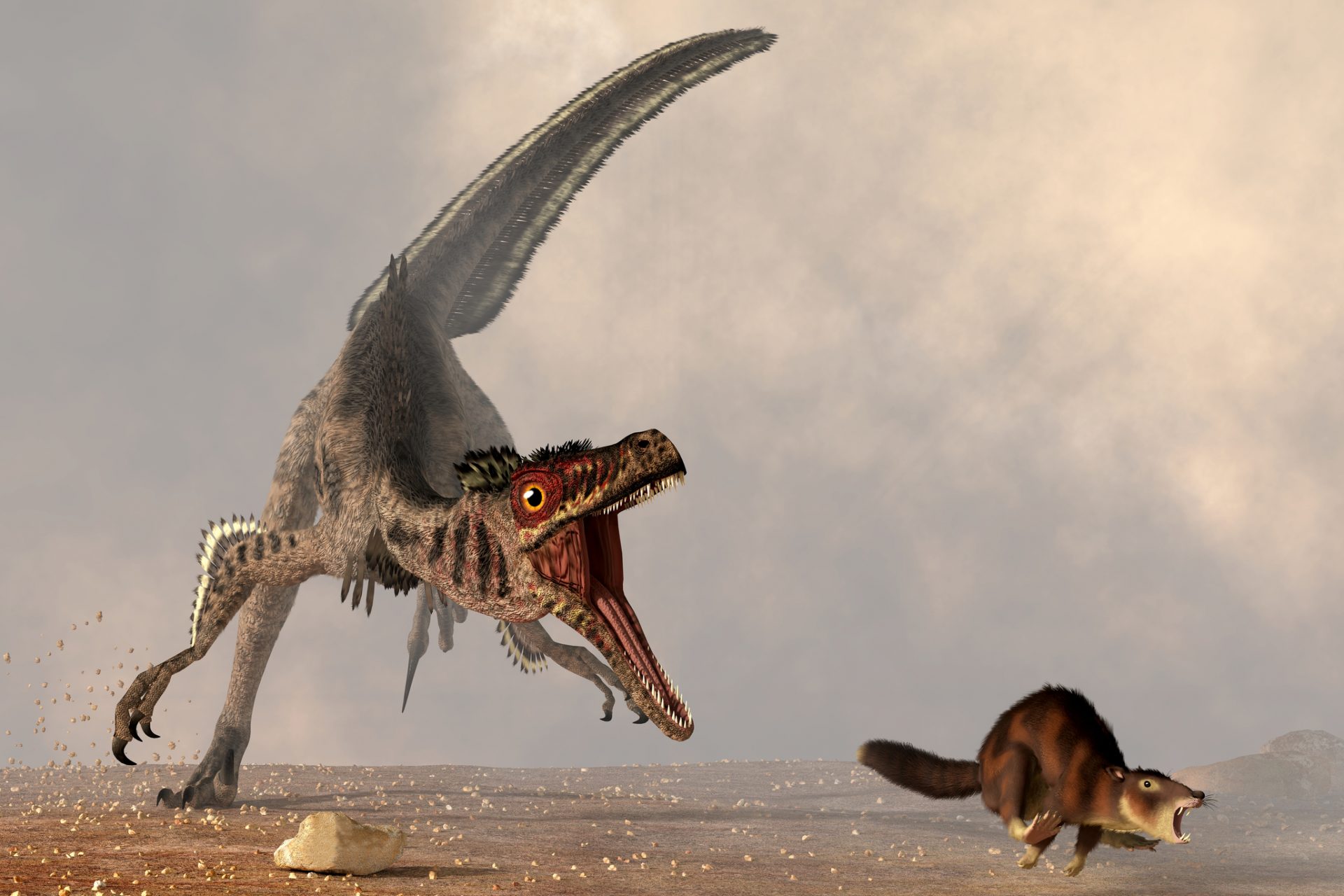A rare fossil found in China suggests mammals hunted dinosaurs
A rare fossil from the early Cretaceous period (around 125 million years ago) has challenged every perception scientists had about how mammals survived around dinosaurs.
The fossil is remarkable because it perfectly shows a "live" interaction between a mammal and a dinosaur, frozen in time by a flow of volcanic debris that buried the two figures.
A Canadian-Chinese team of experts did the research. According to Science magazine, a farmer found the fossil in China. He alerted experts, who agreed to collaborate with a Canadian Museum of Nature team.
The fossil shows the encircled scene of two bodies: one belonging to a Repenomamus (mammal) and the other to horned dinosaur Psittacosaurus.
"Our best guess is that the mammal was in the middle of attacking the dinosaur," Jordan Mallon, one of the study's authors and a paleobiologist at the Canadian Museum of Nature, told NPR.
The researchers concluded by looking at three specific fossil areas involving the mammal's claws and bite over the dinosaur and how their bodies were tangled.
The mammal's hand was wrapped around the dinosaur's lower jaw, its teeth were embedded in the forearm, and its foot was wrapped around the lower hindlimb.
The image shifted scientists' perception of the mammals that populated the Earth when the dinosaurs ruled it.
"We've always had this picture of mammals as the literal underdogs," Elsa Panciroli, a paleontologist at the Oxford University Museum of Natural History, told NPR. Not anymore.
The discovery also helps open the door to more research about the role of mammals in the food chain and ecosystem of the early stages of our planet.
More for you
Top Stories























